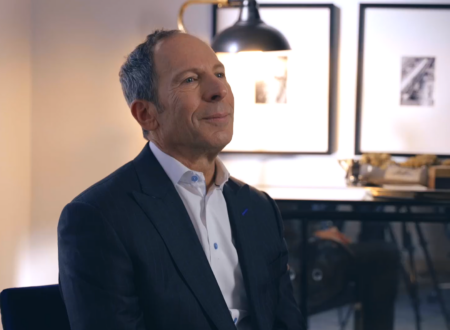Pedestrian accident cases require different evidence collection techniques than typical car-on-car crashes because the victim has no vehicle damage to analyze and often suffers more severe injuries that affect their ability to recall details.
Surveillance Footage from Multiple Perspectives
Kansas City’s growing surveillance infrastructure creates multiple opportunities to capture pedestrian accidents from different angles. Traffic cameras at major intersections like Independence Avenue and Prospect Avenue record continuously, but their footage gets overwritten within 30 days unless specifically preserved. Business security cameras from nearby stores, restaurants, and office buildings often provide better angles than traffic cameras because they’re positioned to monitor sidewalks and crosswalks where pedestrians travel.
Residential doorbell cameras have become increasingly valuable evidence sources because they capture street-level activity from pedestrian perspectives rather than the elevated views of traffic cameras. However, homeowners may delete footage or their storage systems may automatically overwrite recordings within days of the incident.
Other drivers on Kansas City streets increasingly use dashboard cameras that record continuously while driving. These devices often capture pedestrian accidents from ground level, showing exactly what other drivers could see and when pedestrians became visible. The challenge lies in identifying which vehicles had cameras and obtaining their footage before drivers realize its value or accidentally delete it.
Witness Interview Strategies for Pedestrian Cases
Pedestrian accident witnesses often have perspectives that differ dramatically from typical car accident observers. Other pedestrians walking nearby see the accident from ground level and understand walking patterns, crosswalk timing, and pedestrian behavior better than drivers who witnessed the collision from their vehicles.
Witnesses in nearby buildings or at street level sometimes see the accident develop over a longer time period than those who only observed the actual impact. They may have noticed erratic driving behavior, excessive speeding, or distracted driving in the moments before the collision. However, these witnesses often leave the scene quickly or may not realize the importance of their observations until contacted later.
Vehicle Damage Analysis for Speed and Impact Reconstruction
Vehicle damage patterns in pedestrian accidents reveal different information than car-to-car crashes because human bodies create specific impact signatures on vehicle surfaces. Pedestrian contact typically occurs at bumper level initially, then progresses upward as the person is thrown onto the hood and windshield area. The height and distribution of damage indicates pedestrian size and position at impact.
Vehicle systems create mechanical records of driver behavior in the seconds before impact. Anti-lock braking systems leave different tire mark patterns than traditional braking, while skid mark length and intensity indicate whether drivers attempted emergency stops or were caught completely off-guard. Engine control modules in newer vehicles record speed, acceleration, and braking data that provides objective evidence of driver actions.
Medical Evidence Correlation with Accident Mechanics
Pedestrian injuries occur in predictable patterns based on vehicle speed, impact angle, and pedestrian position at contact. Lower leg injuries typically result from initial bumper impact, while upper body trauma occurs when pedestrians contact hoods and windshields. The severity and distribution of injuries help medical experts calculate impact forces and vehicle speeds with reasonable accuracy.
Unlike vehicle occupants protected by safety systems, pedestrians absorb the full force of vehicle impacts, often resulting in complex injury patterns that develop over time. This delayed symptom development requires ongoing medical documentation that connects later-appearing conditions to the original accident.
Psychological trauma in pedestrian cases often exceeds what vehicle occupants experience because pedestrians have time to see the approaching vehicle and realize they cannot escape impact. This anticipatory terror creates specific PTSD patterns that require specialized psychological evaluation and treatment documentation.


 Skip to content
Skip to content






